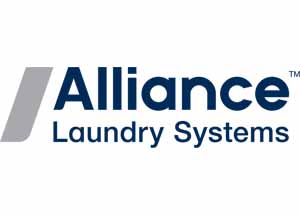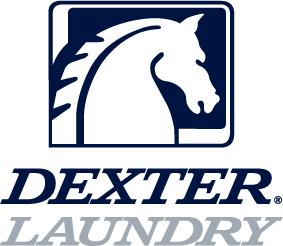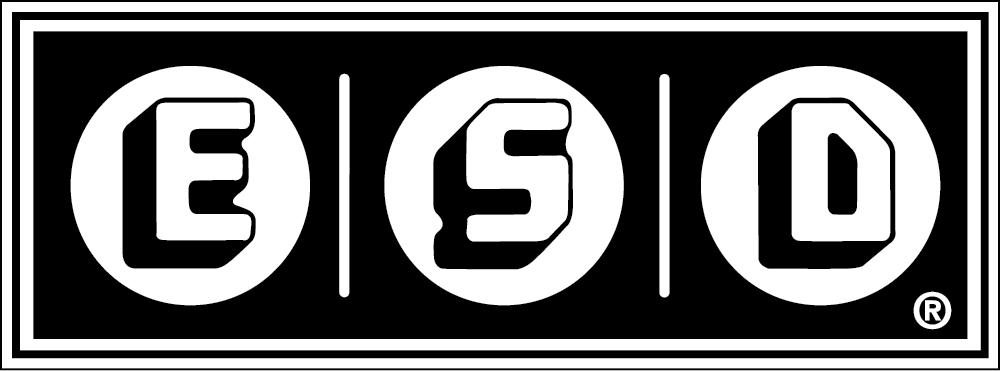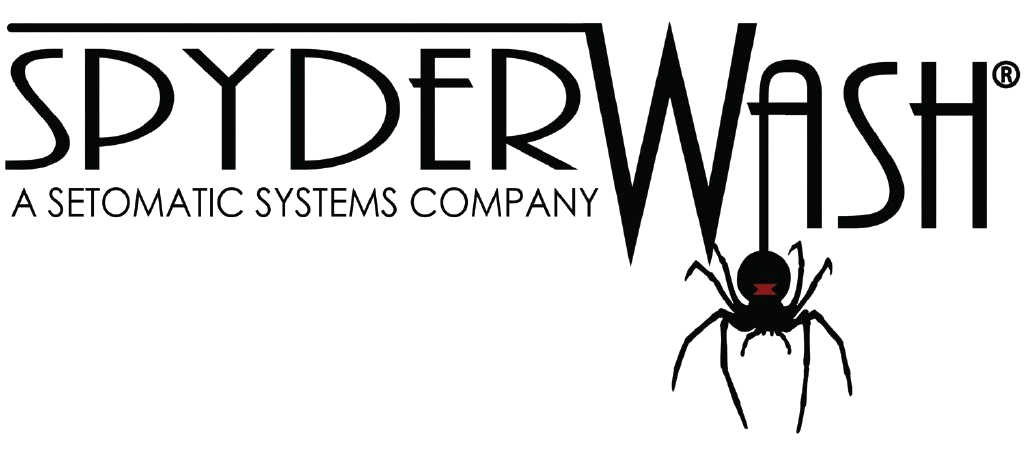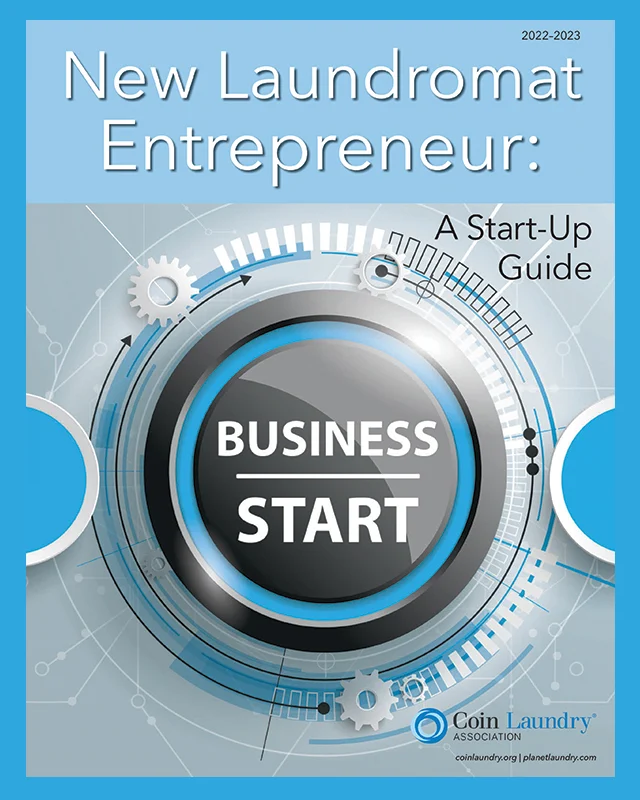
Originally posted – Jun 04, 2014
I service a commercial account that has just purchased some rather inexpensive, polyester table clothes that wrinkle when washed. Even the client admits that she bought an inferior product.
We pretreat these items, wash them in warm water with Tide (no bleach or softener), and then dry the table clothes on low heat. We process only a few at a time, so there is plenty of room in both the washer and the dryer.
However, the fold creases are very obvious, as well as just general wrinkles. Is there a process for laundering polyester table clothes so that they don’t wrinkle?
To launder and process table clothes properly – whether they’re polyester or cotton – you need a starch cycle and an ironer, which is the only way you can remove the wrinkles. Unless you pull the table clothes out of the dryer immediately after the cycle and fold them right away, you’ll need to iron them – either with an ironer or a hot iron.
It’s also best to use a starch on these items. There is synthetic starch that is made for synthetic fabrics, and there is natural starch that is designed for cotton items. I would talk to your chemical distributor about what type of starch would work best for your particular client.
The bottom line is that, without some form of ironing, you will always have some type of wrinkling issue with those table clothes.
I own a 3,000-square-foot laundromat that’s located in a small strip center, which is surrounded by apartment complexes. For the last five or six years, my business had been up and down. Then, one day, one of the managers of a large number of the apartment buildings near my store came in and was washing comforters and blankets; he told me that the lease on the laundry rooms had expired and that I should consider submitting a bid. I did, and they accepted my offer.
That has been the best business move I ever made. It gave me the opportunity to more fully control the marketplace in my area. I’ve priced the washers the same at both locations, and I’ve also increased my coin laundry volume by 15 percent.
My question is this: I’ve leased the apartment laundries for seven years. Is that long enough, or should I have leased them for a longer period?
Seven years is a typical length for this segment of the industry. With that said, the next time the lease comes up for renewal perhaps try to get 10 years. You need to consider that, under normal circumstances, it takes three to four years to get your money back, so the more lease time you have the better.
As a side note, washers and dryers in apartment buildings have an average lifespan (if properly maintained) of up to 15 years.
I recently acquired a commercial account, and I’m having problems removing some basic stains. I’m washing the items in 50-pound frontloaders; the cycles consist of a wash and three rinses; my water temperature is 120 degrees; and I’m using name-brand detergent. What else do I need to do?
You need to add a pre-wash cycle of at least three to seven minutes – this will go a long way toward breaking down those stains.
Also, because you can’t get your water temperature above 120 degrees, you should use a commercial-grade detergent that contains enzymes. This type of product should help you tackle some of those more stubborn commercial stains.
A customer recently brought in a pink, 100 percent cotton shirt with a cooking oil stain on it. This garment had already been washed and dried, as she had tried unsuccessfully to remove the stain herself. Any suggestions?
Personally, I think the best product you can use to remove any kind of oil is called Laundry Wetspo, which is made by Laidlaw Chemical and likely is available through your local chemical supplier. This product is meant to be used with a detergent and is quite an effective oil remover. However, I would recommend drying the garment twice to be sure you have removed any residual odor left behind by the cleaning process.

